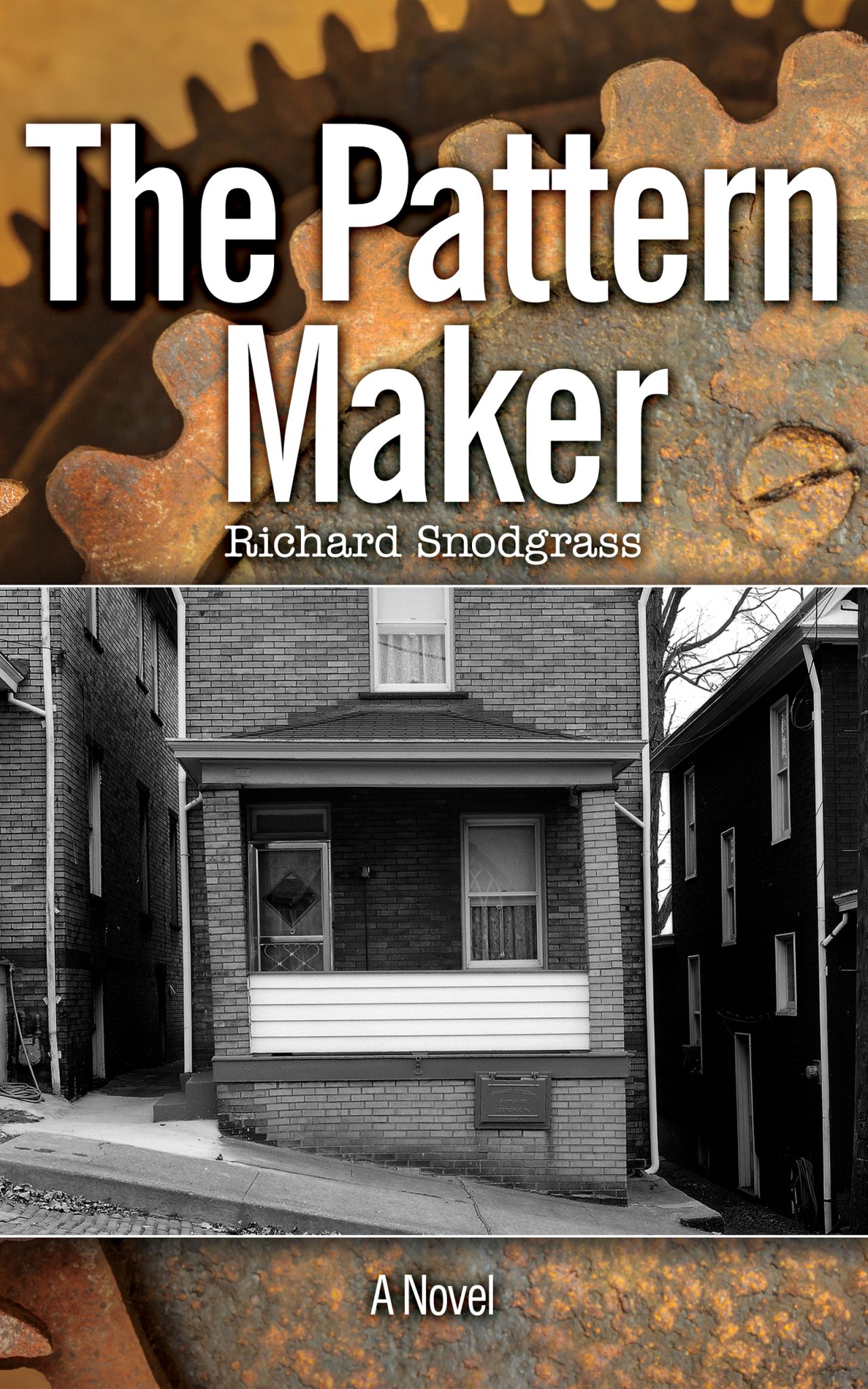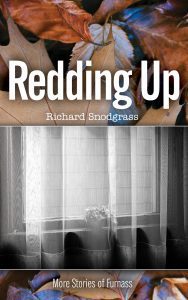Video
Here’s a video introduction to the mill town of Furnass
Critical Acclaim
For Richard Snodgrass’ Novels

ACROSS THE RIVER
The writing is beautiful. The complex characters, faced daily with choices between their deepest desires and their integrity, in the midst of war, make compelling reading. This book stands alone, while stoking the desire for rest of the books in the series.
— IndieReader

ACROSS THE RIVER
A vivid and intensely personal story couched within the chaos, madness and sacrifice of the Civil War.
— SPR

ACROSS THE RIVER
A beautiful historical novel that proves history is created and changed by individuals, not just events.
— IndieReader

ALL FALL DOWN
An immersive murder mystery wrapped in an emotionally astute look at the burden of a town’s moral history.
— Kirkus Reviews

ALL FALL DOWN
Snodgrass’ writing is unpretentious but poetically evocative, an ambitious attempt to combine a realistic portrayal of a gritty working-class town with literary style.
— Kirkus Reviews

SOME RISE
...An artistically daring examination of the line that separates love from fanatical possession.
— Kirkus Reviews

SOME RISE
Richard Snodgrass’ gift for characterization, plotting, and dialogue make Some Rise one of the most engaging family sagas/literary mysteries we’ve read in years.
— IndieReader Review, “IndieReader Approved”

THE BUILDING
...artistically unflinching and morally unsentimental.
— Kirkus Reviews

THE BUILDING
The pace is unhurried but inexorable, a relentless march toward a shocking conclusion.
— Kirkus Reviews

THERE'S SOMETHING IN THE BACK YARD
Observe this mysterious book and be changed.
— The Washington Post Book World

THERE'S SOMETHING IN THE BACK YARD
A haunting, seductive, original story.
— Publishers Weekly
Richard
Snodgrass
Author &
Photographer
Richard Snodgrass’s short stories and essays have appeared in the New England Review/Bread Loaf Quarterly, South Dakota Review, California Review, Pittsburgh Quarterly, and elsewhere. He is also a master photographer who has been artist-in-residence at LightWorks (University of Syracuse) and at the Helene Wurlitzer Foundation in Taos, New Mexico. He is the recipient of a fellowship from the Pennsylvania Council on the Arts.
In 1989, Viking published Snodgrass’s novel There’s Something in the Back Yard to critical acclaim: “Observe this mysterious book and be changed,” wrote Jack Stephens in the Washington Post Book World. Snodgrass is also the author of An Uncommon Field: The Flight 93 Temporary Memorial, published in September of 2011 by Carnegie Mellon University Press, and Kitchen Things: An Album of Vintage Utensils and Farm Kitchen Recipes, published in 2013 by Skyhorse and named one of the year’s “best books to get you thinking about food” by the Associated Press.
Richard Snodgrass lives in Pittsburgh, PA with his wife Marty and two indomitable female tuxedo cats, raised from feral kittens, named Frankie and Becca.
This message is only visible to admins.
Problem displaying Facebook posts. Backup cache in use.
Click to show error
Problem displaying Facebook posts. Backup cache in use.
Click to show error
Error: The user must be an administrator, editor, or moderator of the page in order to impersonate it. If the page business requires Two Factor Authentication, the user also needs to enable Two Factor Authentication. Type: OAuthException












